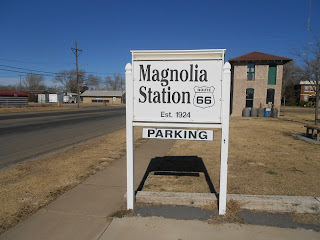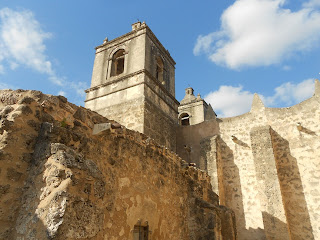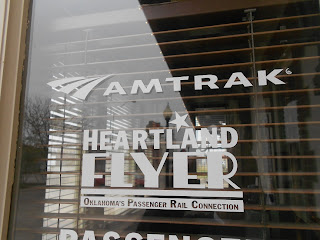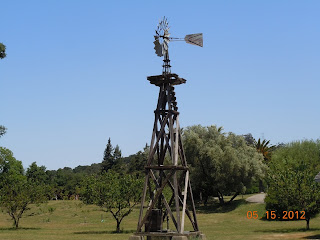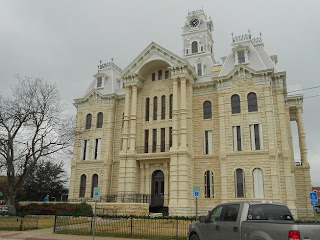 |
| Hill County Courthouse |
Hillsboro Texas
Hillsboro, the county seat of Hill County, has quite a few historic buildings to see and is significant in Texas history. The town is well known for both it's courthouse and it's beautiful Victorian homes. Established in 1853, Hillsboro offers visitors a real good look at Texas' historic buildings and establishments. In the early 1900’s, Hill County was the second largest cotton-producing county in the United States.
Hillsboro was one of the first Texas towns selected in 1981 by The Texas Historical Commission for the state's Main Street Program. The Texas Main Street Program, part of the Texas Historical Commission's Community Heritage Development Division, helps Texas cities revitalize their historic downtown areas and neighborhood commercial districts by utilizing preservation and economic development strategies.
 |
| Red Rock Saloon, Est. 1876, Hillsboro TX |
As was the case with many towns, the railroad was also key to the growth of Hillsboro Texas. The railroad reached Hillsboro in 1881, the same year that the town was incorporated. The MKT, or often referred to as the Katy, brought jobs and more commerce to the town. The commerce attributed to the railroad also brought many immigrants into Hill County. By 1900 the population of Hillsboro was 5,000, and in 1903 the Trinity and Brazos Valley Railway began serving the town. In 1909 a new city hall with an attached fire and police station was constructed, and some city streets were paved. In 1915 Hillsboro received its first charter. The railroads continued to operate through Hillsboro into the 1930's. When the railroad left so did much of the towns prosperity.
Hillsboro Texas Attractions
The present Hill County Courthouse is one of several that had been constructed there. The first frame building courthouse was built in 1854. The year 1872 saw the first brick courthouse two stories high but it burned and was replaced by a fourth courthouse in 1874. The last courthouse was built in 1890 and designed by architect W. C. Dodson of Waco Texas.
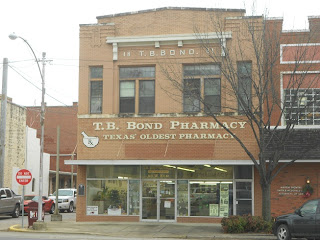 |
| T.B. Bond Pharmacy, Est 1881 |
The Hill County “Cell Block” Museum is on the National register of Historic Places. The museum is located just one block north of the county courthouse in the old county jail. Prisoners were kept at this jail until April of 1983. After that the Hill County Historical Commission obtained the structure to restore and use as a county museum.
The T.B. Bond Pharmacy claims to be the oldest continuously operating pharmacy in Texas. The pharmacy is located directly across the street south of the county courthouse.
 |
| Old Katy Railroad |
 |
| Old Farmers Bank Bldg., on Hillsboro town square |
The Katy Train Depot served the Katy Railroad, also known as the Missouri-Kansas-Texas Railroad, is now home to the Hillsboro Area Chamber of Commerce. The Katy Railroad at one time offered passenger service between St. Louis Missouri and San Antonio Texas.
The Old Rock Saloon is on the National Register of Historic Places. Established in 1876 it is located south and across the street from the Hill County Courthouse.
You'll also find these additional Western Trips photo articles interesting. They include Visiting Waco Texas, the home of Dr. Pepper...the historic frontier art community of Salado Texas...and the historic Driskill Hotel in Austin Texas. All of these combined offer some great additions to your Texas vacation planner.
Visiting Hillsboro Texas
Today's Hillsboro Texas has something for everyone. It's one of the interesting places to visit in Texas. History buffs will enjoy the many historic sites and venues listed above. There's a very popular outlet mall located along Interstate 35 and downtown Hillsboro features many antique stores, historic buildings and restaurants. If you're able to spend additional time in Hillsboro, you'll want to check out the Windmill B & B. The Windmill Bed and Breakfast is located in a 1910 Victorian home. The address is 441 Hill County Road 2421E, Hillsboro.
Hillsboro's location south of Dallas makes it a great stop while traveling to Austin and San Antonio and the Texas Hill Country.
(Photos from author's private collection)
View Larger Map



